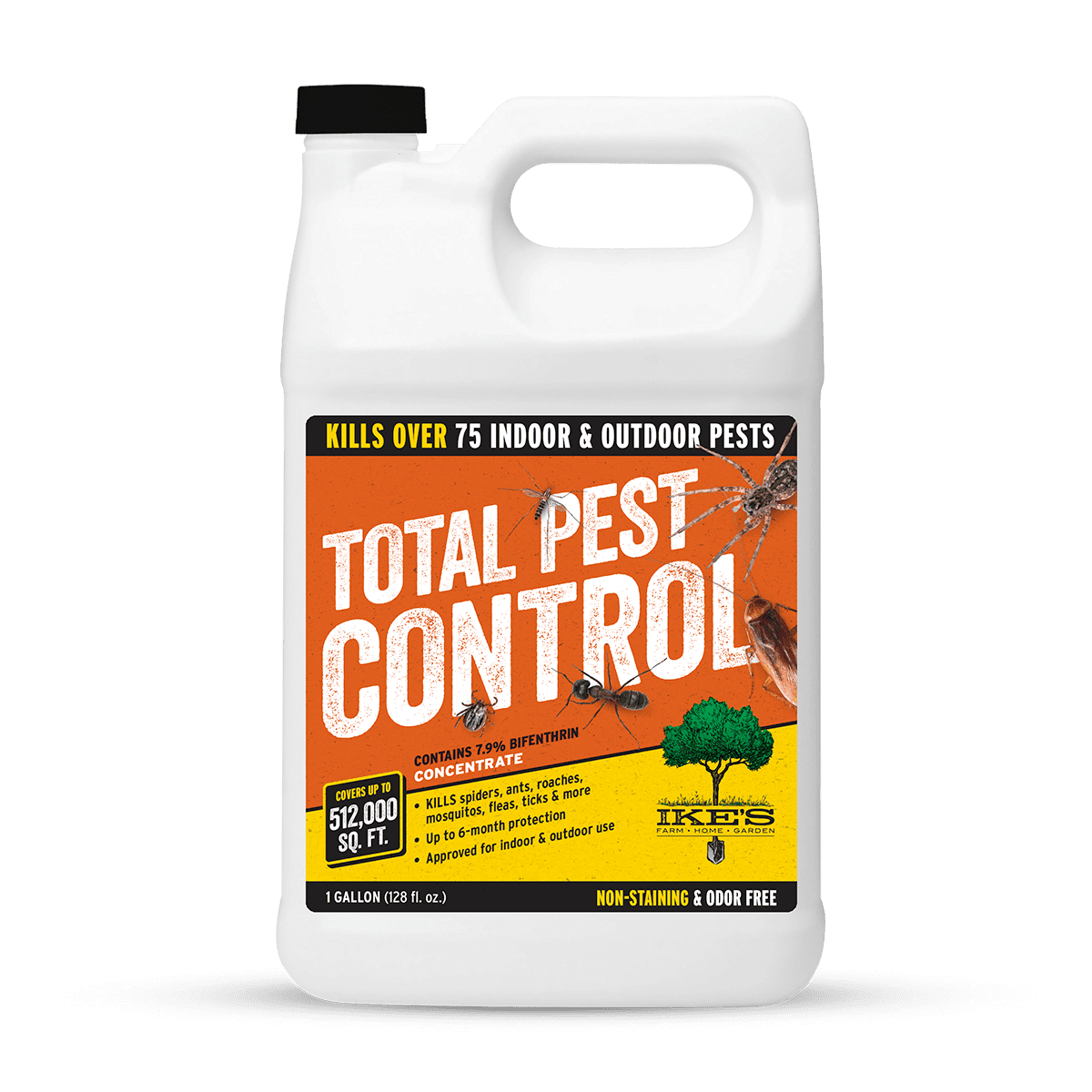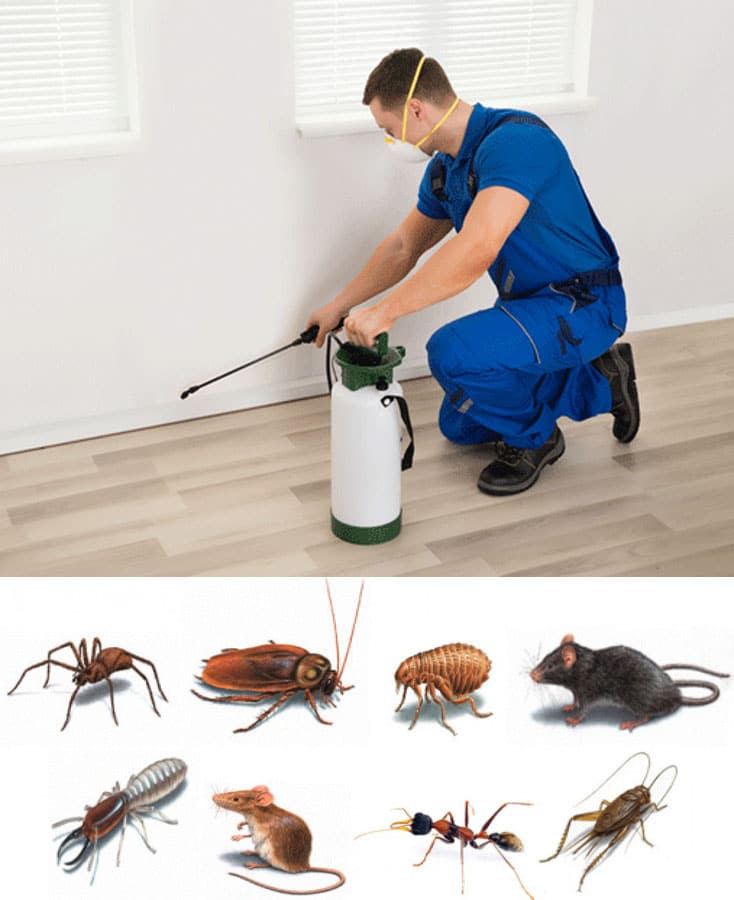Bed Pest Therapy Malfunction: Comparing Chemical Vs. Non-Chemical Solutions
In the world of pest control, particularly when dealing with the persistent issue of bed insects, the choice in between chemical and non-chemical therapy solutions can be a crucial one. Both techniques use unique advantages and drawbacks, influencing variables such as efficiency, security considerations, and total expense. By taking a look at the nuanced details of each technique, a more clear understanding of which course to seek in resolving a bed insect problem can be acquired.
Efficiency of Chemical Therapies
Chemical treatments for bed pest problems have actually been commonly recognized for their rapid and potent efficacy in eliminating these insects. When thinking about the efficiency of chemical therapies, it is essential to understand that they can provide a quick and complete option to a bed insect trouble.
In addition, chemical therapies have the advantage of offering residual impacts, suggesting that they can remain to get rid of bed pests even after the initial application. This recurring activity is especially advantageous in combating any type of potential re-infestations. In addition, the fast action of chemical treatments can bring relief to people encountering serious bed bug invasions, allowing them to regain control of their living areas rapidly.
Security Worry About Chemical Solutions
When utilizing chemical remedies for bed insect therapy is making certain the security of residents and the atmosphere,One important facet that calls for cautious consideration. While chemical therapies can be effective in getting rid of bed bugs, they may posture dangers otherwise taken care of effectively. One of the primary safety interest in chemical solutions is the prospective injury they can create to human health and wellness. Direct exposure to particular chemicals made use of in bed insect therapies can lead to respiratory concerns, skin inflammation, or various other damaging reactions, specifically in people with pre-existing conditions or level of sensitivities. Additionally, improper application or dosage of chemical pesticides can lead to toxic deposits remaining in the treated location, posing long-lasting wellness risks to occupants.
Moreover, the environmental impact of chemical options is an additional significant factor to consider. Some chemicals utilized in bed bug therapies may be damaging to valuable bugs, wildlife, and ecological communities if they seep right into the dirt or water supply. It is necessary to make use of chemical treatments sensibly, adhering to safety guidelines, and thinking about less hazardous choices to mitigate these dangers and ensure the safe and reliable management of bed insect invasions.
Benefits of Non-Chemical Methods
Thinking about the possible safety and security worries and ecological effect connected with chemical services for bed insect therapy, checking out non-chemical techniques provides a promising choice with numerous unique advantages. Non-chemical methods offer a much safer look at this website option for families, specifically those with pet dogs, people, or kids sensitive to severe chemicals. These methods get rid of the dangers of exposure to poisonous compounds, minimizing the potential for unfavorable wellness results. Furthermore, non-chemical therapies are eco pleasant, as they do not add to air or water pollution, making them a lasting choice for pest control.
Additionally, non-chemical options can be efficient in targeting bed insects, consisting of hard-to-reach areas where chemical therapies might not pass through - A1 charlotte bed bug exterminator. Approaches such as warm treatment, vacuuming, heavy steam cleansing, and mattress encasements give thorough removal without the usage of hazardous chemicals.
Limitations of Non-Chemical Treatments

Additionally, non-chemical therapies often need several applications to accomplish successful obliteration. This can be taxing and may not constantly assure complete removal of all bed bugs and their eggs, particularly in surprise or hard-to-reach areas.
Furthermore, the success of non-chemical therapies greatly counts on appropriate application and thoroughness, which click here for more can be testing for people without expert experience. Poor application of non-chemical approaches may result in incomplete removal, causing relentless invasions and the requirement for added therapies.
For that reason, while non-chemical treatments have their benefits, it is necessary to acknowledge these constraints and consider them when determining the most reliable technique for taking care of bed pest invasions.
Cost Comparison: Chemical Vs. Non-Chemical Options
Offered the restrictions associated with non-chemical treatments, an essential aspect to evaluate in the context of bed pest management is the expense comparison between chemical and non-chemical alternatives. Chemical therapies typically include the application of pesticides by specialists, which can vary from $250 to $900 per room, depending on the intensity of the invasion and the size of the location to be dealt with. On the other hand, non-chemical therapies like heat treatment or heavy steam can be more expensive, with expenses ranging from $1,000 to $6,000 for an entire home. While the first cost of chemical treatments might seem reduced, several therapies may be needed to completely eradicate the invasion, possibly boosting the overall cost. On the various other hand, non-chemical alternatives may supply a much more environmentally friendly and sustainable remedy, although they can be cost-prohibitive for some individuals. Inevitably, when considering the price of bed bug treatment choices, it is essential to weigh the upfront expenses versus the effectiveness and long-lasting sustainability of the selected approach.
Conclusion

Thinking about the prospective security problems and environmental effect linked with chemical services for bed pest treatment, exploring non-chemical strategies offers an appealing option with a number of distinct advantages.Given the constraints linked with non-chemical treatments, a vital facet to examine in the context of bed pest management is the price comparison in between chemical and non-chemical options. In comparison, non-chemical therapies like heat therapy or heavy steam can be much more costly, with costs ranging from $1,000 to $6,000 for an entire home. While the preliminary price of chemical treatments may seem lower, several treatments may be called for to totally eliminate the infestation, possibly raising the overall cost.In conclusion, when comparing chemical and non-chemical bed pest treatment options, it is vital to consider performance, safety, advantages, restrictions, and cost.